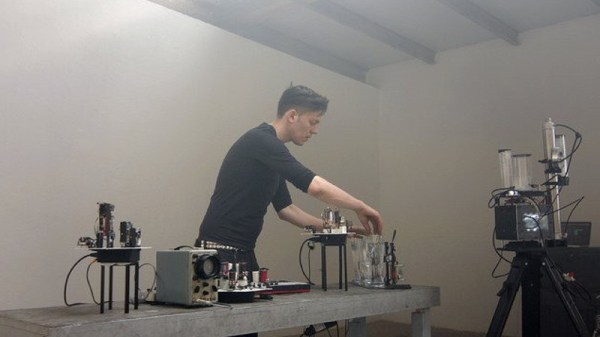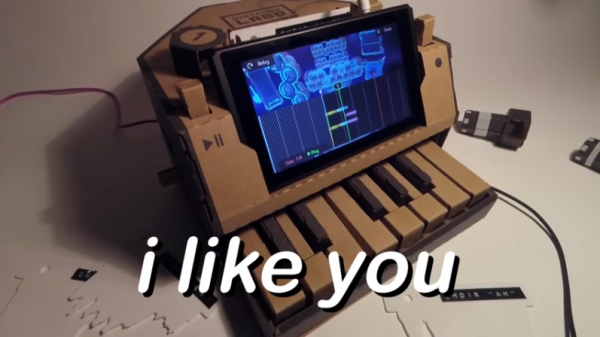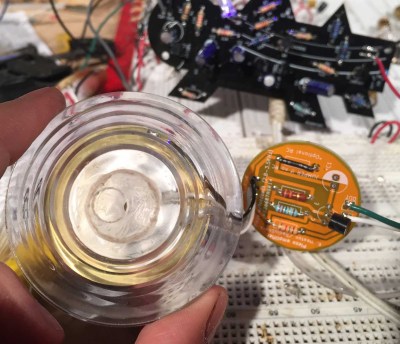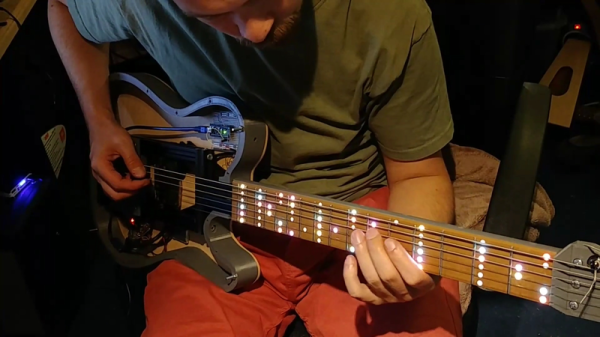[Moritz Simon Geist]’s experiences as both a classically trained musician and a robotics engineer is clearly what makes his Techno Music Robots project so stunningly executed. The robotic electronic music he has created involves no traditional instruments of any kind. Instead, the robots themselves are the instruments, and every sound comes from some kind of physical element.
A motor might smack a bit of metal, a hard drive arm might tap out a rhythm, and odder sounds come from stranger devices. If it’s technological and can make a sound, [Moritz Simon Geist] has probably carefully explored whether it can be turned into one of his Sonic Robots. The video embedded below is an excellent example of his results, which is electronic music without a synthesizer in sight.
We’ve seen robot bands before, and they’re always the product of some amazing work. The Toa Mata Lego Band are small Lego units and Compressorhead play full-sized instruments on stage, but robots that are the instruments is a different direction that still keeps the same physical element to the music.
Continue reading “Sonic Robots Don’t Play Instruments, They Are The Instruments”





 The visual and aural sensations of the video below will surely tempt you further, but in case it doesn’t, here’s a taste. When
The visual and aural sensations of the video below will surely tempt you further, but in case it doesn’t, here’s a taste. When 















